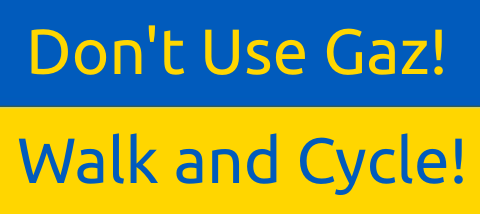
Back in 2018 we urged you to respond to the very poor proposals for the A457 Dudley Road, which the council proposed to widen and push cycling on to the pavement. You may be wondering what happened.
The council initially insisted the scheme had to be done according to the original plans, despite objections to the carriageway widening, the impact on trees, and poor cycling infrastructure. Through 2019, Birmingham Friends of the Earth continued to campaign against the road widening and loss of trees, and we have recently learnt that that the highways engineers have since come up with new plans that whilst still widening the carriageway, does so in order to provide bus lanes and decent cycling infrastructure. Unfortunately the window for government funding passed, but now the council has something that is spade-ready, which should make it easier to apply for suitable funding.
The original scheme was almost entirely a carriageway widening scheme, upgrading the four sub-standard lanes to four general traffic lanes of reasonable width. Cycling provision was included, but mostly in the form of making the narrowed pavements shared use, with only short sections of dedicated cycle track. People on bikes were expected to give way at every side road, because the engineers thought that they (the engineers) would be held responsible for any collisions caused by motorists failing to give way at give-way lines. This was despite the A34/A38 routes setting a precedent for good design that saw turning motorists being expected to give way to with-flow cyclists.
Since then, LTN 1/20 has been published, which officially made the Dudley Road plans the wrong way to go about cycling infrastructure design. The highways engineers, obliged to come up with something that works for cycling, have done so, and Push Bikes is pleased with the result. For cycles, there is a bidirectional cycle track from the middleway all the way up Dudley Road, past the City Hospital site. That has priority over side roads, with parallel tiger crossings for people walking and cycling. There are still four lanes of motor traffic, and they have been widened (to remove the dangerous lane conflict that you can see in the header photo), but two of them now are dedicated to public transport, so the space for private motor traffic will be reduced. It's a huge step forward, and it shows the importance of having properly thought-out central guidance, rather than leaving local engineers with no understanding of cycle infrastructure design to make it up as they go along.


